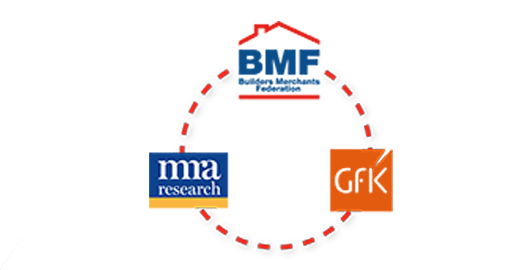Ibstock comment: Q3 2016
Tony France, Sales Director Ibstock, is BMBI’s Expert for Bricks.
“How do you see brick sales in 2017?” If I had a pound for every time I’ve been asked this recently, I could afford a new crystal ball!
Demand for bricks is largely dictated by private housing which can account for around 60% of production. The type of property also affects the volume of bricks, with flats and apartments needing around a third of the volume of an average detached property.
In 2008 and 2009, the market for UK produced bricks dropped from around 2.4 to 1.4 billion bricks a year as the number of private houses being built sank from 220,000 to under 100,000. UK brick manufacturers reacted by closing factories permanently or mothballing kilns to match production and stocks to demand.
In 2013, initiatives such as help-to-buy stimulated a rapid recovery in housebuilding, and reduced availability of bricks led to panic buying, stock-piling and brick shortages creating long lead-times. While brickmakersresponded by investing heavily to re-open factories and increase capacity, some of the requirement was filled by imports.
In the first half of 2016, brick despatches have been impacted by builders’ merchants, who’d been buying excessive volumes in 2015, selling their excess stocks and buying less. Meanwhile, housebuilders have generally shrugged off the Brexit wobble and are progressing strongly. UK manufactured brick sales, in the first nine months of 2016, are ahead of the same period in 2015.
So, 2017? Everything points to increased demand. Housebuilders are very positive about the demand for new homes, and they’re building more detached and semi-detached houses, and fewer flats and apartments. Therefore, more units and more bricks per unit. Secondly, builders’ merchants’ depot stocks are stabilising and stock replenishment is returning to normal. Finally, imports are decreasing as European markets improve and exchange rates make imported bricks more expensive.
UK manufacturers are continuing to invest in production. Ibstock Brick, for example, is mid-way through the construction of a £54 million factory to make up to 100 million bricks a year from 2017.
My crystal ball currently says that brick sales will improve in 2017 and, while there is plenty of capacity, builders’ merchants should plan ahead to ensure continuity of supply of the stock products their customers need for RMI.



